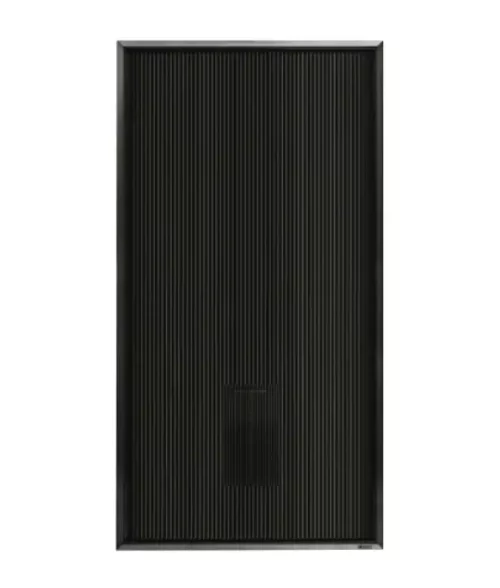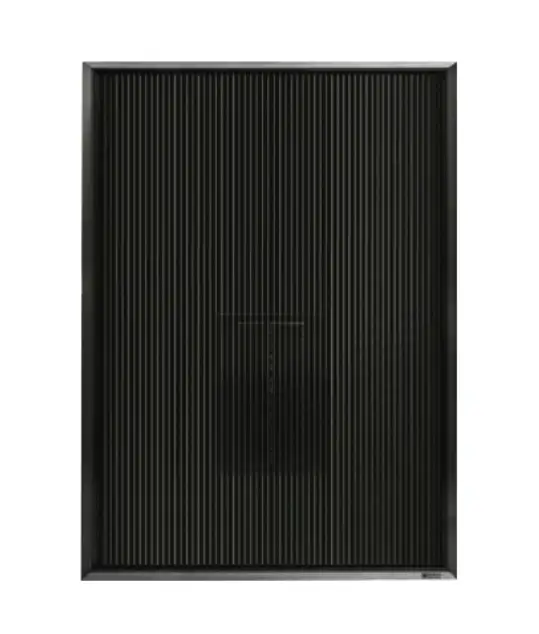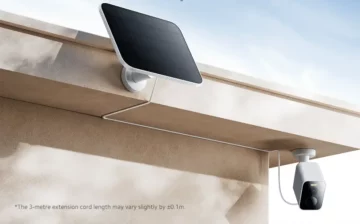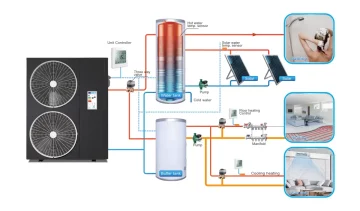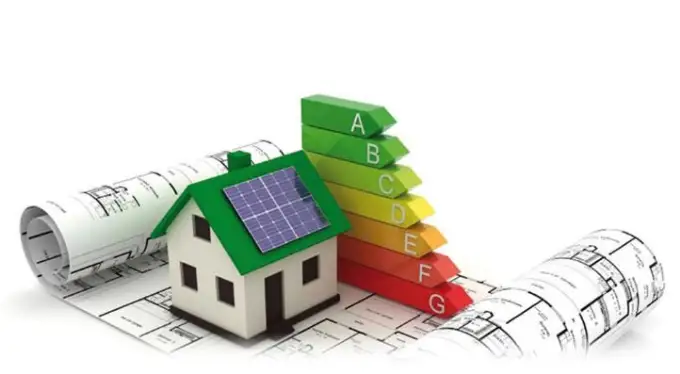Solar energy to meet the needs of tourism infrastructure
A common cost-cutting strategy in the travel business is saving on utility bills. So, one of the options for reducing energy costs is the use of low-power light bulbs. It provides up to 10% “profit”, but can negatively affect the visitor experience.
Space heating is even more difficult to optimize.
Optimization of hotel maintenance costs: experience from around the world
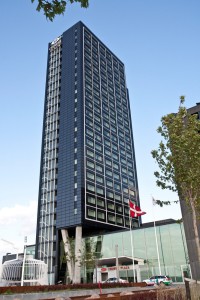
A well-known way to reduce the cost of maintaining tourist bases is Smart House technology: it analyzes the situation in the rooms and controls the operation of engineering systems. This scheme allows you to flexibly adjust the operation of air conditioners, radiators, lamps for lighting and reduces energy costs by almost half.
It should be noted that the installation and configuration of such systems is an expensive undertaking: the cost of equipment, installation, configuration and maintenance. Therefore, Smart House is not suitable for small hotels, camp sites, owners of guest houses.
With a limited budget, finding an alternative is a must. One alternative is solar energy. For tourism infrastructure, it is a free source, which can be used for ventilation, heating, and lighting.
Application of alternative energy sources abroad
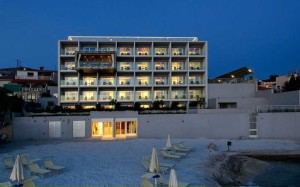
Solar panels for power generation and collectors for heating and ventilation are widely used in both southern and northern countries. Specialized equipment is usually installed in addition to traditional engineering systems.
Solar energy for tourism infrastructure is used in any climatic conditions.
- In the Split Hotel, located in the Podstrana resort in Croatia, water is heated using solar panels.
- The German Steigenberger-Hotel receives energy from alternative sources, while using modern ventilation technology, induction cookers and LED lamps, its total consumption is reduced by 40%.
- The southern walls of the Crowne Plaza Copenhagen Towers in Denmark are externally equipped with facades that are solar panels.
Domestic experience in the use of solar panels in the tourism business
The hotel “Russian Seasons”, built in Sochi, is a clear example of the integrated use of solar energy in tourism. The building has 255 micromorphic thin-film photovoltaic modules Rramac Luce MCPH P7L with a power of 125 W each to organize the power supply system. At the maximum, the daily output is more than 320 kWh, and the annual output is 39.73 MWh.
Summing up: how to use solar energy for tourism and save?
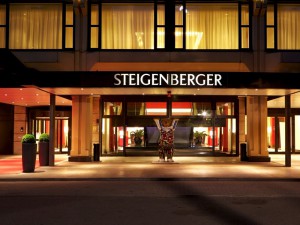
Tasks solved with the use of equipment based on solar panels include:
- electricity generation;
- ensuring ventilation of premises;
- heating.
Free solar energy allows you not to save on the comfort of guests and employees without compromising the budget of the tourist facility, as well as to provide a microclimate that is favorable for the preservation of the building, materials, inventory and equipment, regardless of the season. Ventilation of guest houses is possible even during periods when staff and visitors are absent.
Industrial and domestic heating and ventilation systems from Solar Fox can be easily mounted on any plane and integrated into existing engineering solutions used in the building at no additional cost. They can be equipped with sensors, which allows them to be controlled using Smart Home technology.
Safety in the daily use of solar energy for hotels and camp sites is achieved by introducing a system of protection against short circuits or fire. Permits from the regulatory authorities for the installation and commissioning of air solar collectors are not required.
Go to the catalog of equipment that will help you save

